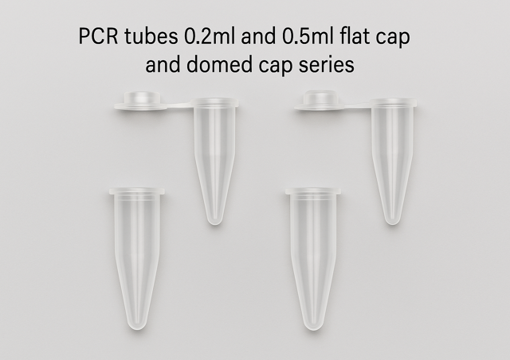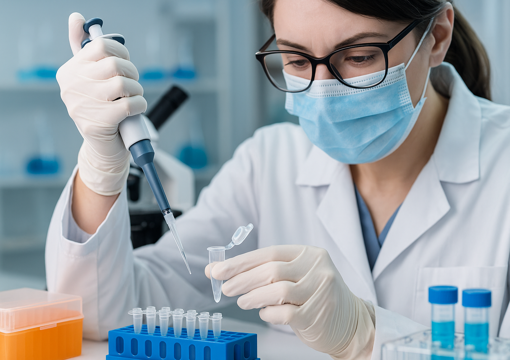The History and Basics Of PCR Tubes
The invention of the Polymerase Chain Reaction (PCR) technique by Kary Mullis in 1983 marked a turning point in the field of molecular biology. It enabled scientists to amplify DNA within hours, paving the way for breakthroughs in medical diagnostics, genetics, pathogen detection, and forensics.
Every PCR experiment requires a small, yet vital, PCR tube. Made of virgin polypropylene (PP) plastic, PCR tubes have ultra-thin walls for efficient thermal energy transfer. They feature tight fitting caps to reduce the chances of liquid evaporation.
JSHD's latest catalog features a series of PCR Tubes (HP4061, HP4062, HP4063, HP4064) marked as universally compatible with thermal cyclers. In addition, these tubes are RNase-free, and DNase-free, autoclavable and precision engineered with sealing lids, making them reliable for both clinical and research settings.

Features Of PCR Tubes
Code No. | Volume | Cap Type | Wall Type | Key Features |
HP4061 | 0.2 ml | Flat cap | Thin wall | Best for quick thermal cycling |
HP4062 | 0.2 ml | Domed cap | Standard | Better for uniform amplification |
HP4063 | 0.5 ml | Flat cap | Standard | Suitable for larger reaction volumes |
HP4064 | 0.2 ml | Flat cap | Standard | Most adaptable and popular design |
Best Practices Of PCR Tubes
● Be gentle to avoid inner wall scratches.
● Use micropipettes for the exact transfer of liquids.
● Ensure caps are completely secured to minimize evaporation.
● If necessary, autoclave after use. This material can endure multiple high-temperature cycles.
Industry Case Study From the Research Bench to the Clinic
A PhD student on a rare genetic disorder project had to perform hundreds of PCR reactions a day. At first, she struggled with consistent PCR Ct values and blamed the tubes she was using. Switching to JSHD thin-wall PCR tubes solved the issues with evaporation. The uniform temperature to volume ratio of the thin-wall PCR tubes and low evaporation rates improved the results.
Months later, her findings aided her thesis defense and also bolstered the creation of a diagnostic assay for clinical applications. In her words, the PCR tube was an invisible hero to her breakthroughs enabling scientific discovery.
The same can be said for the hospital nucleic acid testing labs where thousands of PCR tubes are consumed each day during high-throughput diagnostics from COVID19 to mutation screening for cancer. The precision of these tests are directly tied to the quality of the tubes.

Why This Matters and Is Worth Sharing
● For researchers: Having reliable data for their experiments is a solace.
● For clinicians: Guarantees certainty when diagnosing patients.
● For the industry: the key elements driving molecular testing and advancements in biotechnology.
In short: even the most minor laboratory item can profoundly affect the advancements in healthcare and methods of scientific investigation.
Post time:2025-08-28




